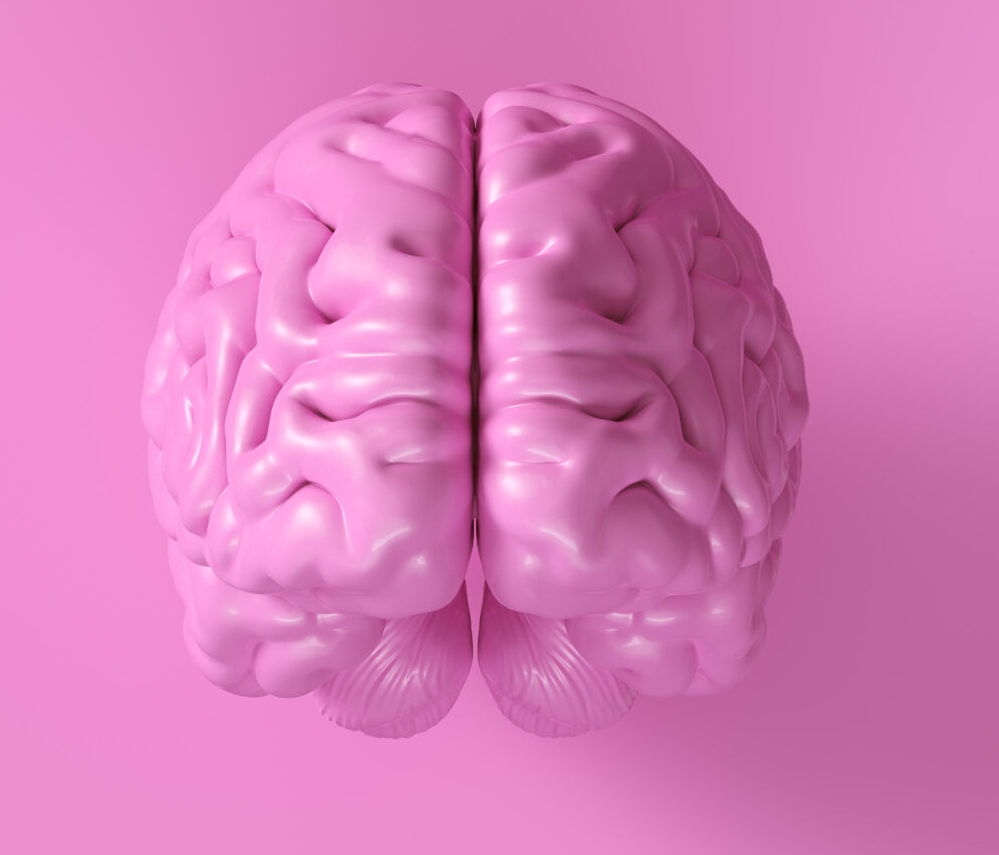Art, Movement, and Parkinson’s: A New Frontier in Research
Exciting developments are happening in Parkinson’s disease research, combining art, movement, and innovative therapies to improve patients’ lives. Scientists and healthcare professionals are exploring creative approaches to manage symptoms and potentially slow the progression of this challenging neurological condition.
One fascinating area of study involves art therapy. Researchers have found that engaging in artistic activities can have surprising benefits for people with Parkinson’s. Coloring intricate mandalas, for example, has shown promise in helping patients focus and reduce tremors[8]. A 90-year-old participant reported feeling more alert and engaged while coloring, compared to sitting idle[8].
Dance is another powerful tool being investigated. The “Dance Well” program, currently undergoing clinical trials, uses artistic, multisensory dance interventions based on art and music[2]. This approach aims to improve motor function, balance, and overall quality of life for Parkinson’s patients in early to medium disease stages[2].
Traditional exercise programs are also getting a creative makeover. “Rock Steady Boxing” in Irmo, South Carolina, offers specialized boxing classes designed to help manage Parkinson’s symptoms[5]. This innovative program combines physical activity with the mental engagement of learning boxing techniques.
Technology is playing a crucial role in advancing Parkinson’s research. Scientists at the University of Florida have developed software called Automated Imaging Differentiation for Parkinsonism (AIDP)[7]. This AI-powered tool analyzes brain scans to improve the accuracy of Parkinson’s diagnoses, potentially reducing misdiagnosis rates and leading to better treatment outcomes[7].
In the realm of treatment, a groundbreaking clinical trial at Mass General Brigham is exploring a stem cell therapy that could revolutionize Parkinson’s care[1]. The treatment involves reprogramming a patient’s own stem cells to replace damaged dopamine-producing neurons in the brain[1]. This personalized approach could offer new hope for restoring brain function in Parkinson’s patients.
Researchers are also investigating the gut-brain connection in Parkinson’s. Dr. Jacqueline Burré and her team at Weill Cornell Medicine are studying changes in the enteric nervous system (the nervous system of the gut) as a potential early biomarker for Parkinson’s[16]. This innovative approach could lead to earlier diagnosis and intervention.
As research progresses, the integration of art, movement, and cutting-edge science is opening new doors in Parkinson’s treatment. From dance therapy to AI-assisted diagnostics, these innovative approaches are bringing fresh hope to patients and their families. While a cure remains elusive, these creative strategies are improving quality of life and pushing the boundaries of what’s possible in Parkinson’s care.

